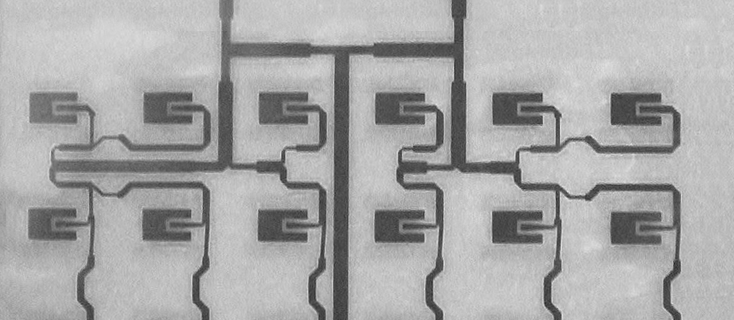Intro
Microstrip Antennas are low-profile antennas applied in high-performance aircraft, spacecraft, satellite and missile applications, where size, weight, performance, ease of installation and aerodynamic profile are constraints [1]. Civilian applications includes mobile communication and wireless connection.
Another important theme for this post are metamaterials. Metamaterials are specific dispositions of unit cells with peculiar electrical properties. These materials present properties that doesn’t exist on nature. Because his dispositions, electrical permissivity and magnetic permeability are negatives. This produces negative refraction, which makes the eletromagnetic radiation behave diferent from expected. [2]
Motivation
As spoken before, when metamaterials are applied in microstrip antennas, the eletromagnetic fields behave different, leading, in most of cases, to an performance enhancement. Some target values are optimized, such as return loss, or S11, gain, bandwidth, power radiated, etc.
But the application of metamaterials can’t be mathematic derived. Enginners then use software simulations for design these antennas.
This dataset was built with metamaterials antennas for support machine learning algorithms. The intention of this work is guide the application through data science.
References
[1] Balanis, Constantine A. “Antenna theory: analysis and design”. John Wiley & Sons, 2016.
[2] Capolino, Filippo. “Theory and phenomena of metamaterials”. CRC press, 2017.


